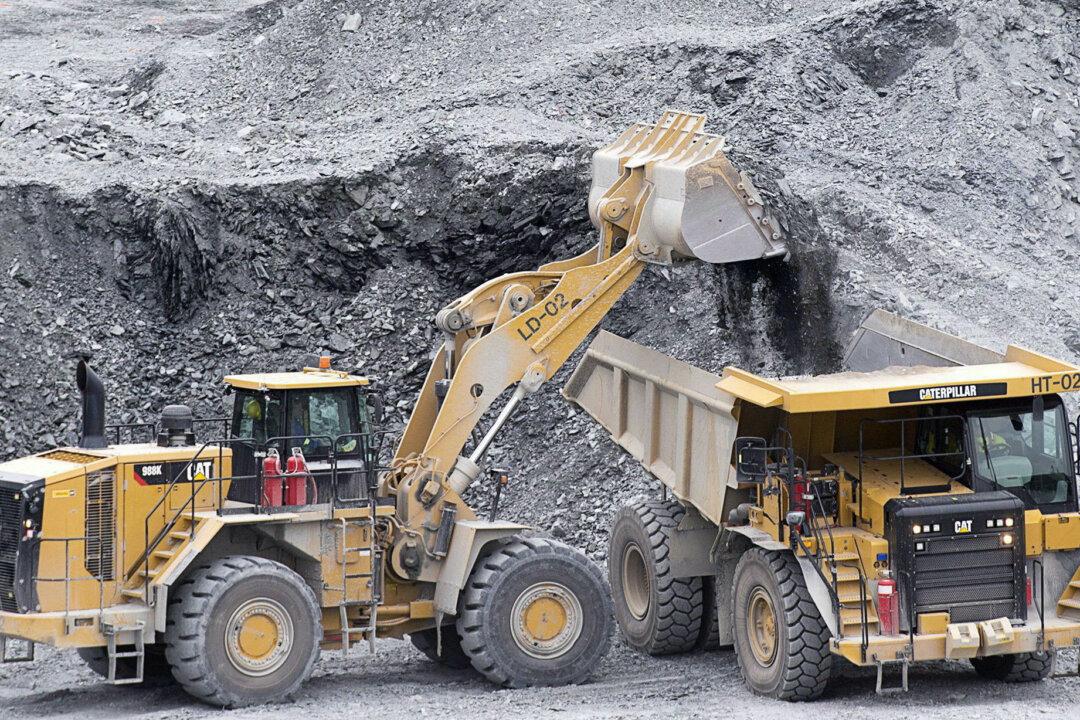News Analysis
A significant payoff could be on the table for Canada’s economy if it can kickstart its beleaguered rare earth elements (REEs) mining industry. The problem is that it’s not one of the government’s priorities, such as green energy, despite the fact that the sector needs federal support to dent China’s monopoly and eventually invite private sector investment. Recent regulatory actions further dampen the industry’s prospects.The United States is seeking a reliable partner to break China’s stranglehold on REEs. Canada has shown it can be just that—it supplies the United States with a quarter of its uranium needs and has been a trustworthy counterparty for over 75 years. Despite Canada having about 40–50 percent of the world’s known rare earth reserves, it is not currently producing any REEs.





